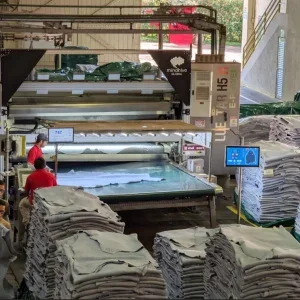How low will feedlot inventories go in the coming months and when will they bottom out?
October 2014 was the previous low point in the feedlot inventory after drought drove the industry to liquidate the herd in the years 2011 to 2013. Peel points out that today’s beef cow herd in the US is a little smaller than it was in 2014. Moreover, it’s likely to shrink a little further during 2023. It is realistic to predict that average feedlot inventories will drop near 2014's low of 10.375 million head or maybe even lower at some time this year.
Things are more complicated when considering when the herd low point might come. Drought conditions are expected to ease this year, but they are still present and it’s uncertain whether liquidation will intensify in 2023. The smallest calf crop of the next few years will be in 2024 at the earliest. Feedlot inventories will continue to trend lower, not hitting their low point until 2024 or later, Peel says.
Another issue is how long the market will experience low feedlot inventories. Since their recent bottom in October 2014, average feedlot inventories slowly rose through autumn 2017, when they sped up increase, lasting into 2018 and 2019. For about three years, relatively low inventories in feedlots persisted during herd rebuilding. In this period heifer retention was high and replacement heifer inventories peaked in 2016 and 2017.
Comparing what can happen in the next few years to the 2012-2017 period is helpful in considering feedlot inventories. Current female inventories are even smaller. It’s likely that feedlot inventories will decline, reaching a level much like the low point seen in 2014. It is expected they will remain on the low side for four years or more.






